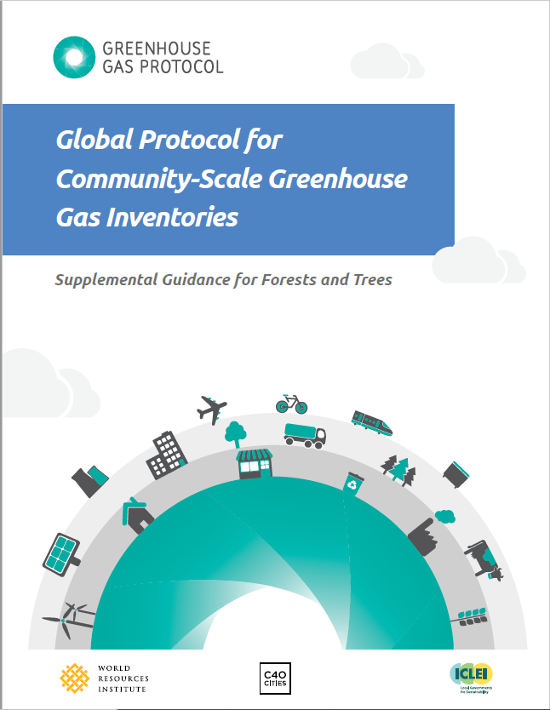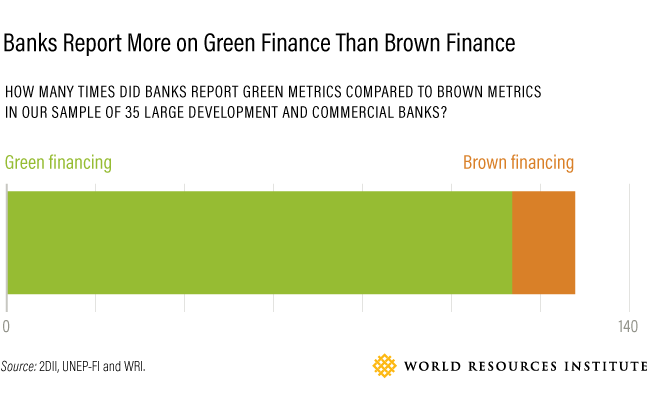BEA Webinar Series for Cities: Using Data to Measure Building Efficiency Policy Impacts
Time suitable for audiences in the U.S. - This webinar will cover how to calculate the potential emissions impacts...
Time suitable for audiences in the U.S. - This webinar will cover how to calculate the potential emissions impacts...
The GHG Protocol offers two new online courses for policymakers and analysts at either the national or local level. The courses are intended to help users understand the Policy and Action Standard and Mitigation Goal Standard and apply the standard to their specific circumstances.
For the first time, governments now have consistent, reliable methods to account for greenhouse gas reductions from their climate policies and goals. Today, the Greenhouse Gas Protocol launched two new standards to help governments design better policies and emissions reductions goals, and measure progress against them.
Tunisia launched its renewable energy program, PROSOL ELEC, in 2010 to scale up solar photovoltaic systems in buildings throughout the country. The National Agency for Energy Conversation (ANME) anticipated that the greater use of solar power would help curb climate change, but experts didn’t quantify just how much the program would reduce the country’s greenhouse gas emissions.

Communities such as cities and counties are increasingly interested in understanding how nature-based solutions can help them reach their climate change mitigation and adaptation goals. However, many communities do not know what role their existing forests and trees already play in influencing greenhouse gas (GHG) emissions because they don’t include them in their inventories.
This supplemental guidance to the Global Protocol for Community-Scale Greenhouse Gas Inventories (GPC) provides detailed methods that communities can follow to estimate both GHG emissions from land-use change and other forest disturbances and carbon dioxide removals by forests and trees growing within their borders. It provides guidance on how to select appropriate data sources, perform calculations, ensure standardized reporting, and use the inventory information to set transparent climate action targets.
World Resources Institute (WRI) seeks qualified assistance to develop a user-friendly tool to track implementation and effects of climate actions. Interested vendors should be prepared to submit a full proposal by January 25th, 2019, with aim to deliver the full tool by June 2019.
 Banks are connected to every part of the economy through their investing and lending activities. That means they play a crucial role in financing the transition to a low-carbon economy. The financial sector is increasingly aware of the need to shift capital flows away from companies and activities that contribute to the climate problem and into climate solutions.
Banks are connected to every part of the economy through their investing and lending activities. That means they play a crucial role in financing the transition to a low-carbon economy. The financial sector is increasingly aware of the need to shift capital flows away from companies and activities that contribute to the climate problem and into climate solutions.
Houston, Texas - Baker Institute and MIT will host experts for a discussion on the future of transportation.